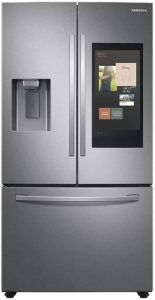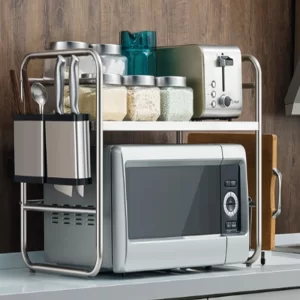Why is my KitchenAid ice maker not making ice?
Introduction:
When your KitchenAid ice maker is not making ice, it can be frustrating and inconvenient. Several factors can contribute to this issue, ranging from simple problems to more complex malfunctions. This article aims to explore some common reasons why your KitchenAid ice maker may not be making ice and provide troubleshooting tips to help you resolve the problem.
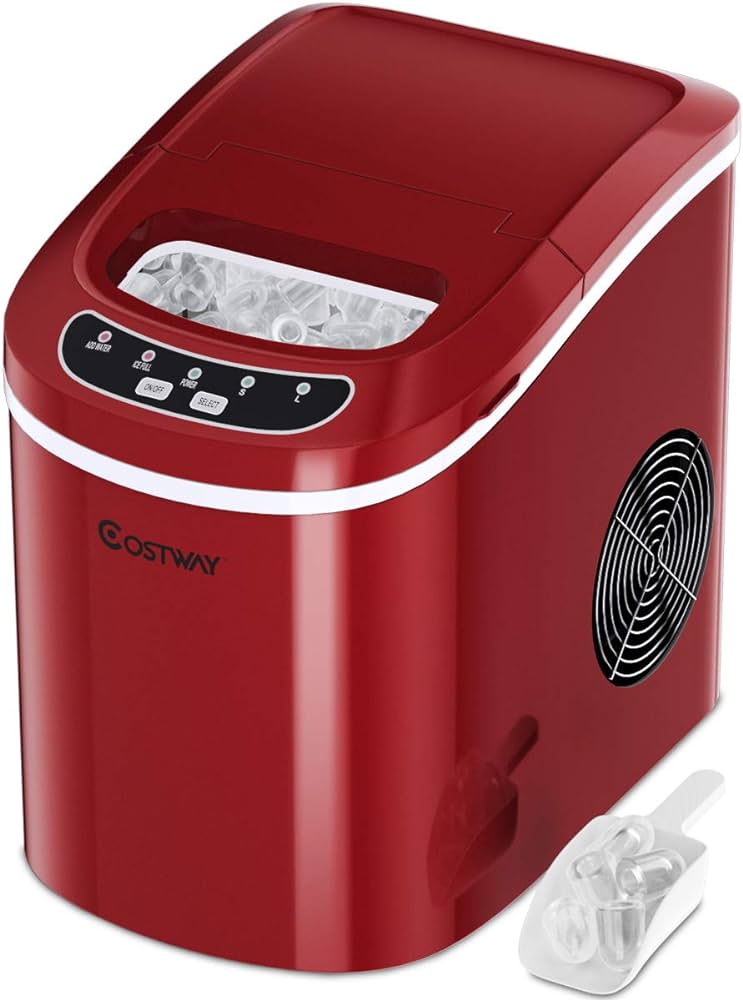
Why is my KitchenAid ice maker not making ice?
Power Supply Issues:
One of the first things to check is the power supply to the ice maker.
Ensure that the ice maker is properly plugged in and that the outlet is functioning.
If the ice maker has a switch or power button, make sure it is turned on.
Water Supply Problems:
A common cause of ice maker issues is a problem with the water supply.
Check if the water supply valve to the ice maker is fully open.
Inspect the water line for any kinks, blockages, or leaks that may be impeding water flow.
Freezer Temperature:
The freezer temperature plays a crucial role in ice production.
Make sure the freezer temperature is set to the recommended level, typically between 0°F and 5°F (-18°C to -15°C).
If the freezer is too warm, it can prevent the ice maker from freezing the water properly.
Ice Maker Switch or Arm Position:
KitchenAid ice makers usually have a switch or an arm that controls ice production.
Ensure that the switch or arm is in the ON position.
If the arm is stuck in the raised position, gently lower it to initiate ice production.
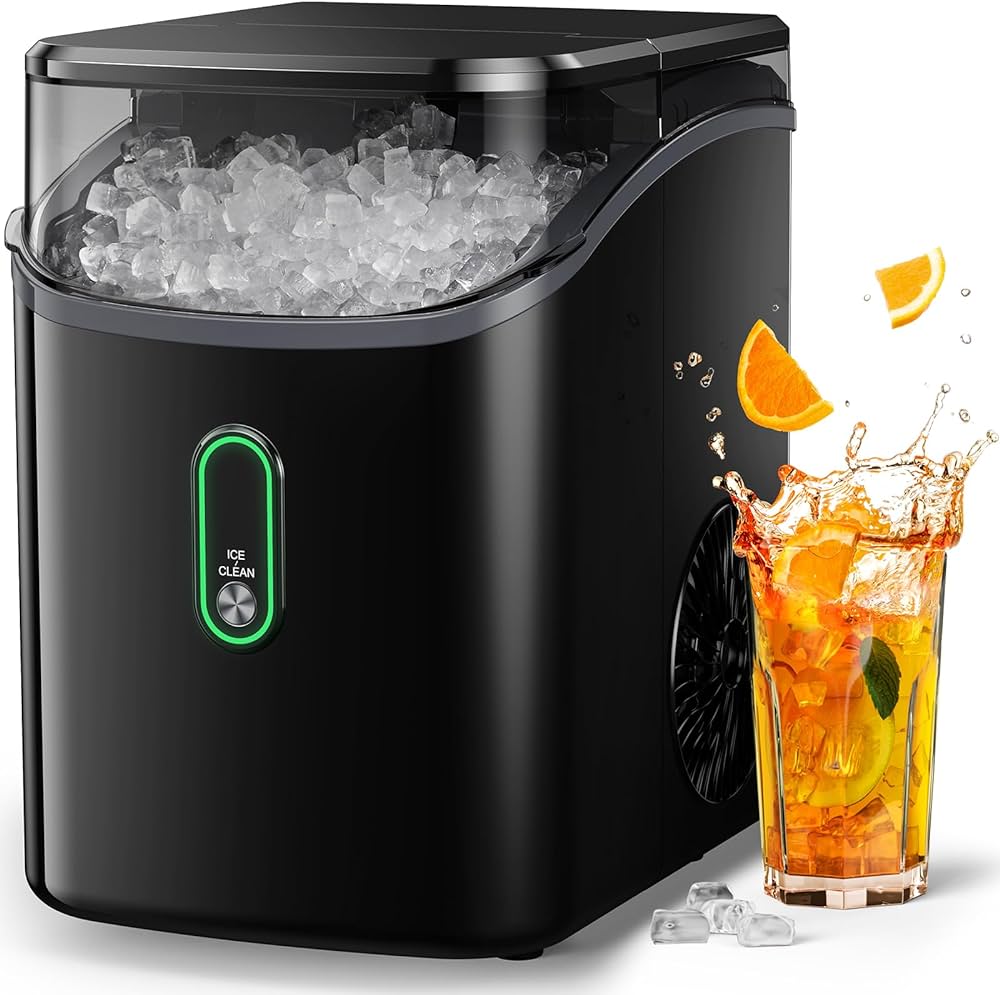
Full Ice Bin:
Check if the ice bin is full or if ice has piled up and is blocking the ice maker’s operation.
Remove excess ice or clear any obstructions that may be preventing the ice maker from making new ice.
Ice Maker Components:
Inspect the various components of the ice maker for any visible damage or malfunction.
Look for broken or frozen parts, such as the ice mold, ice ejector arm, or ice level sensor.
If any components appear faulty, it may be necessary to replace them.
Clogged Water Filter:
If your KitchenAid refrigerator has a water filter, a clogged filter can restrict water flow to the ice maker.
Check the water filter and replace it if it is dirty or has been in use for an extended period.
Follow the manufacturer’s recommendations for replacing the water filter.
Faulty Water Inlet Valve:
The water inlet valve controls the flow of water into the ice maker.
If the valve is defective or malfunctioning, it can hinder ice production.
Consider checking the water inlet valve for any signs of damage or clogging, and if necessary, have it repaired or replaced.
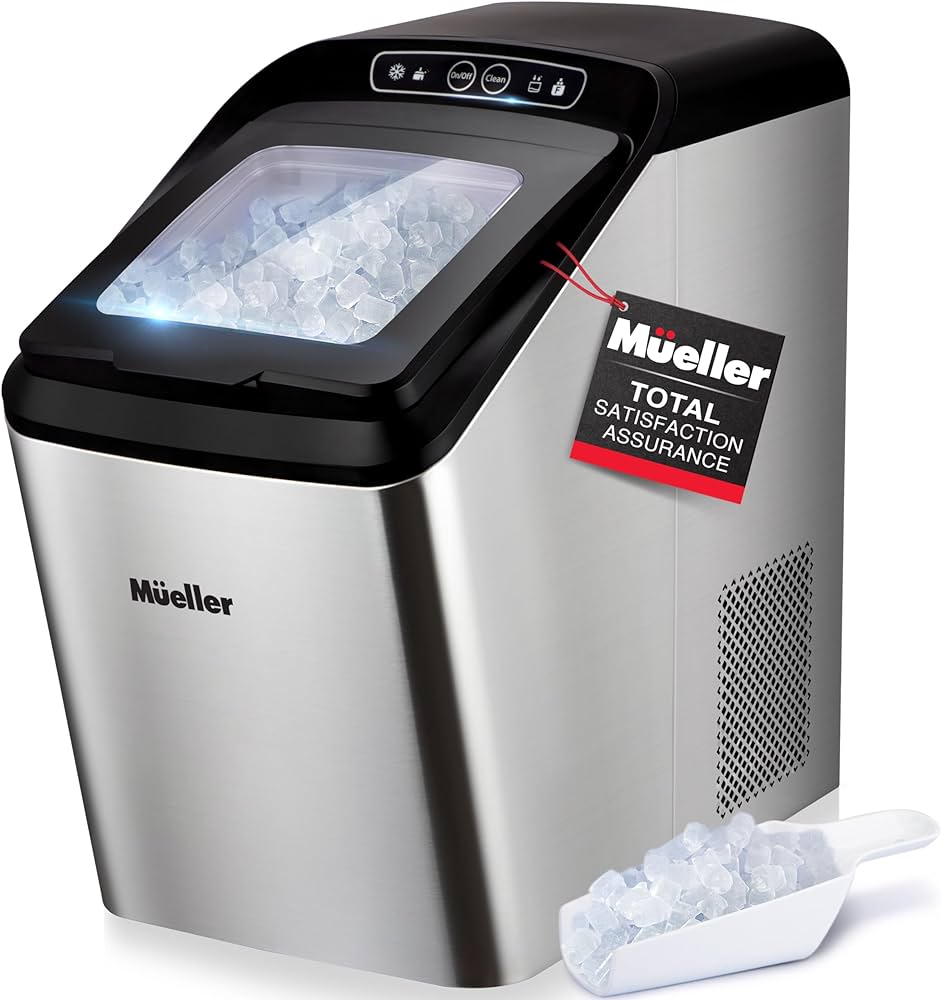
Insufficient Water Pressure:
Inadequate water pressure can prevent the ice maker from receiving enough water.
Confirm that the water pressure to the refrigerator meets the manufacturer’s specifications.
If the water pressure is low, you may need to contact a plumber to address the plumbing issue.
Defective Ice Maker Module:
If all else fails, a defective ice maker module may be the cause of the problem.
The ice maker module controls the various functions of the ice maker.
If the module is malfunctioning, it may need to be replaced by a qualified technician.
Regular Maintenance:
Regular maintenance can help prevent ice maker issues.
Clean the ice maker and ice bin regularly to remove any debris or built-up residue.
Follow the manufacturer’s instructions for cleaning and maintenance procedures.
Professional Assistance:
If you have tried the troubleshooting steps mentioned above and the ice maker still does not produce ice, it may be time to seek professional assistance.
Contact KitchenAid customer support or schedule a service appointment with a certified technician to diagnose and resolve the issue.
Check for Software Updates:
In some cases, KitchenAid ice makers may experience issues due to outdated software.
Check if there are any available software updates for your specific ice maker model.
Visit the KitchenAid website or contact their customer support to inquire about software updates and follow their instructions for installation.
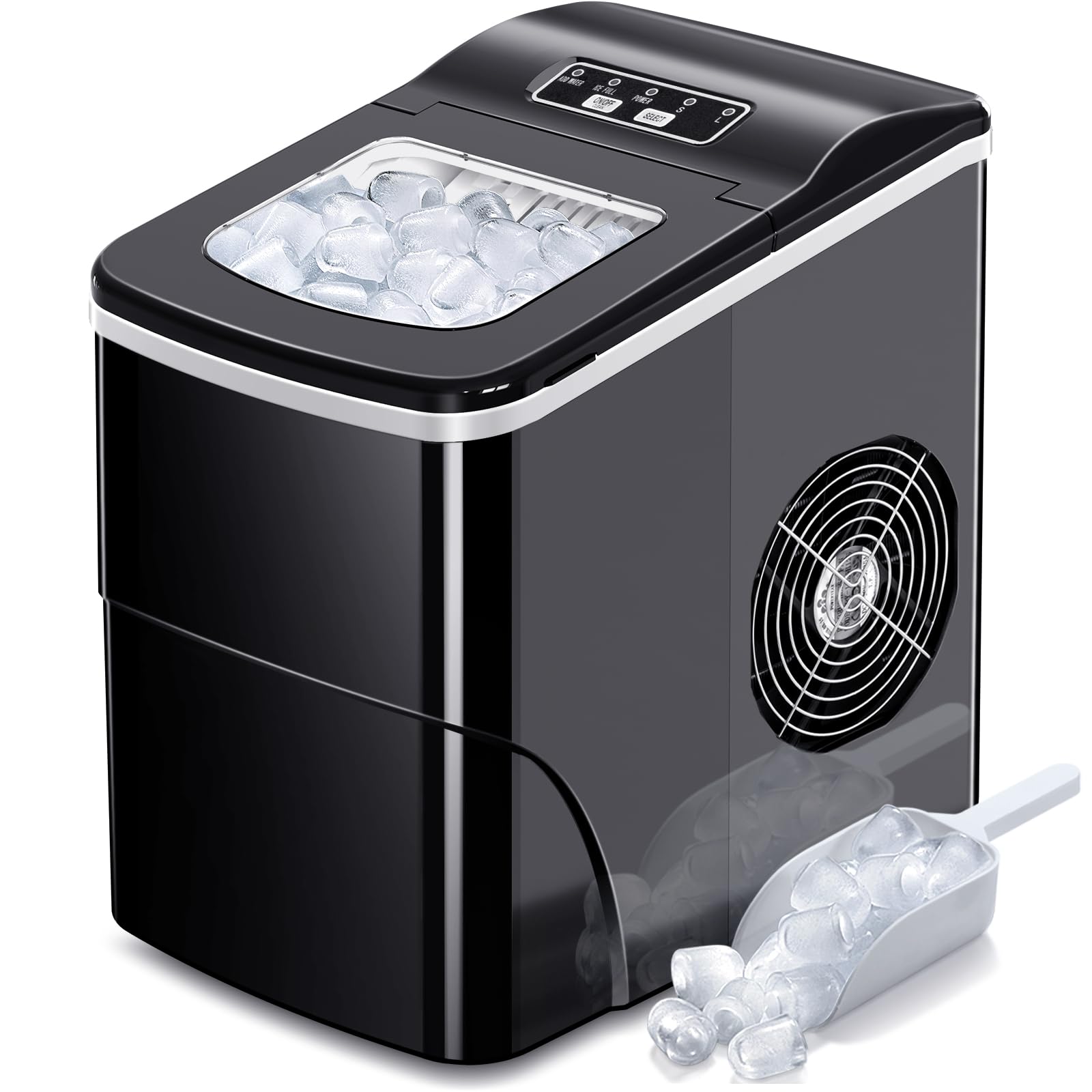
Check for Water Line Freezing:
If the water line leading to the ice maker becomes frozen, it can block water flow and prevent ice production.
Inspect the water line for any signs of freezing, such as ice buildup or a solid blockage.
Use a hairdryer on low heat or a warm towel to thaw out the frozen water line gently.
Reset the Ice Maker:
Resetting the ice maker can sometimes resolve minor issues and restore proper functionality.
Refer to your KitchenAid refrigerator’s user manual for specific instructions on how to reset the ice maker.
Typically, this involves pressing a combination of buttons or switches for a certain duration.
Verify Adequate Air Circulation:
Proper air circulation around the refrigerator and ice maker is essential for efficient ice production.
Ensure that there is enough space around the ice maker for proper airflow.
Clear any obstructions, such as items placed too close to the ice maker, that may be blocking air circulation.
Perform a Hard Reset:
If all else fails, performing a hard reset can help resolve more complex issues with the ice maker.
Unplug the refrigerator from the power source and leave it unplugged for a few minutes.
Plug the refrigerator back in and allow it to power up completely before checking if the ice maker is functioning.
Schedule a Professional Service Call:
If none of the troubleshooting steps mentioned above resolve the issue, it may be necessary to schedule a professional service call.
Contact KitchenAid customer support or a certified technician to diagnose and repair the ice maker.
They will have the expertise and tools required to identify and fix the specific problem with your KitchenAid ice maker.
Consider Warranty Coverage:
If your KitchenAid refrigerator is still under warranty, it’s important to check the terms and conditions regarding repairs or replacements for the ice maker.
Contact KitchenAid customer support to inquire about warranty coverage and possible solutions for the ice maker issue.
Preventive Measures:
To avoid future problems with your KitchenAid ice maker, consider implementing preventive measures.
Regularly clean and maintain the ice maker according to the manufacturer’s instructions.
Keep the freezer temperature at the recommended level to ensure proper ice production.
Monitor the water supply and filter for any issues and address them promptly.
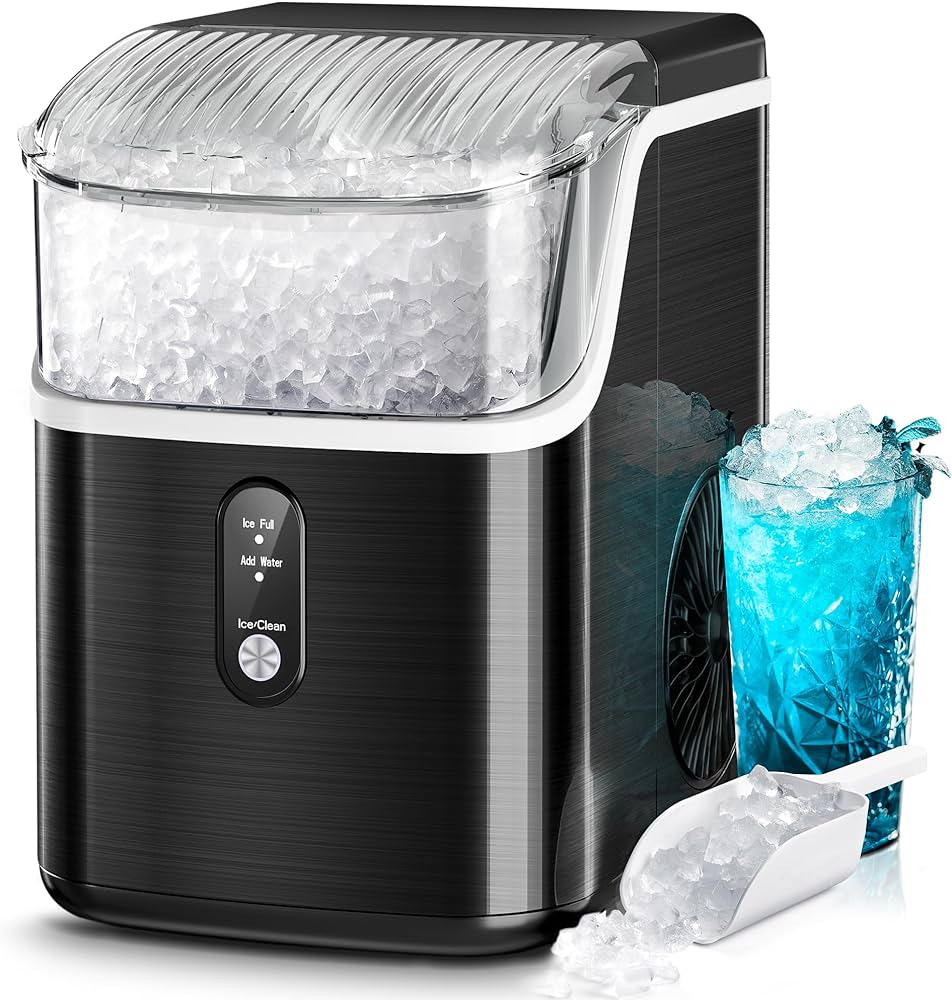
Conclusion:
When your KitchenAid ice maker is not making ice, it can be due to various factors, ranging from simple fixes like power supply issues and water supply problems to more complex malfunctions in components like the water inlet valve or the ice maker module. By following the troubleshooting tips provided in this article, you can attempt to identify and resolve the issue on your own. However, if the problem persists, it is advisable to seek professional assistance from KitchenAid customer support or a qualified technician to ensure a proper resolution.
